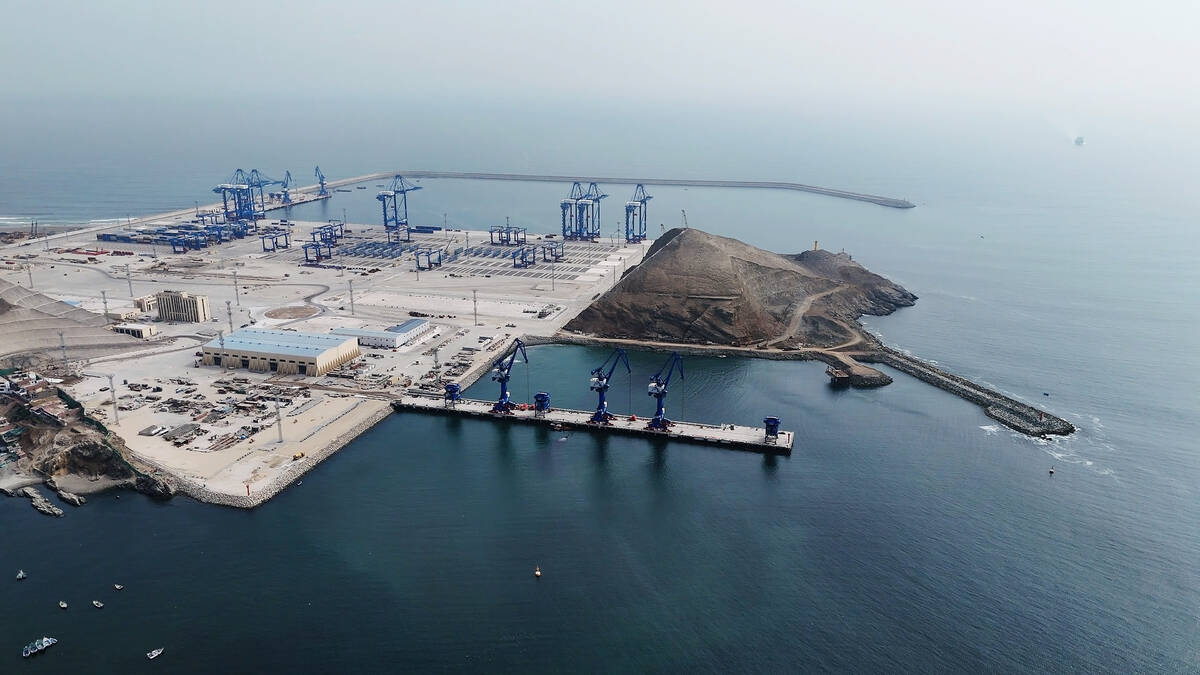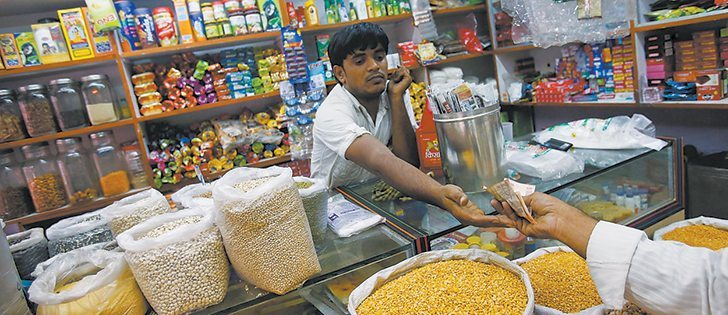Red lentil demand | India, Bangladesh and Pakistan may need to increase imports
Presentations at a recent international pulse conference shed light on why red lentil prices have been so strong this year.
They outline problems with the crop in key production regions, which is why Canadian growers are seeing bids of 26 cents per pound for their lentils.
The biggest revelation was how badly the crop fared in India, the world’s second largest lentil production region next to Canada.
Saleem Wahab, a trader with Ghazi Commodities Brokerage in India, told delegates attending the International Pulse Trade and Industries Confederation conference that India’s recently harvested red lentil crop was about 35 percent short of its usual 900,000 tonnes of production.
Read Also

Geopolitics can change trade routes
WHISTLER, B.C. — Today’s geopolitical tensions could have dire long-term consequences, says the director of international policy at the University…
India, which normally imports 180,000 to 200,000 tonnes of the crop per year, will be in the market for much more this year because of a disappointing harvest and poor carry-in coming into the new crop year.
“India would need to double its requirement for imports this year to maybe about 300,000 to 400,000 tonnes,” Wahab said in a video recording of the conference held in Singapore in April.
Bangladesh typically uses 200,000 tonnes of red lentils a year and produces 40,000 to 50,000 tonnes. This year’s production was closer to 75,000 tonnes.
Turkey is another key lentil producing and consuming region. Harvest is underway and things were looking good.
“We can expect ordinary numbers,” said Fethi Sonmez, chief executive officer of Armada Foods in Turkey.
He is forecasting 400,000 to 450,000 tonnes of production, which would be at the high end of the normal production range.
“It means Turkey will have a surplus to export of about 60,000 to 100,000 tonnes,” said Sonmez.
Murad Al-Katib, president of Alliance Grain Traders, recently told investment analysts that unofficial estimates in the lentil trade peg the Turkish crop at a much smaller 375,000 tonnes.
Any surplus in Turkey will be offset by a deficit in neighbouring Syria, which is in the midst of a civil war.
Sonmez thinks Syrian farmers planted more wheat than lentils because it is a much-needed staple, while lentils require too much manpower at harvest. He expects the red lentil crop to be much smaller than the usual 100,000 tonnes.
“We can see a very big reduction in the total crop. We can expect 20,000 to 30,000 tonnes only,” said Sonmez.
Egypt is expected to import its usual 60,000 to 100,000 tonnes, depending on price. Most of the imports will come from Canada.
Pakistan is also experiencing production problems. It usually imports 100,000 tonnes of lentils and produces 20,000 to 25,000 tonnes.
This year’s harvest will be 2,000 to 5,000 tonnes because of weather problems.
“Having said that, we have a very good crop of chickpeas, and prices for chickpeas are very low, so we could have some substitution from red lentils to chickpeas,” said Muhammad Ahmed, director of the AWAM Group of Companies in Pakistan.
He is forecasting a significant increase in demand from splitters in Dubai because of the shortfall in Syria’s crop. Dubai usually imports 80,000 tonnes of red lentils, but demand could be up 20 to 25 percent this year.
Australian red lentil production was 185,000 tonnes, down from 310,000 tonnes the previous year. It is Canada’s biggest competitor in many markets.
Carry-in was a minimal 35,000 tonnes, which resulted in a total supply of 220,000 tonnes. That is less than half of what was available the previous year.
Brett Dodson, international marketing manager for Australian Grain Export Pty Ltd., said Australia shipped 22,500 tonnes of red lentils per month during the first four months of this year, and the sales program for May and June increased dramatically because of strong Indian demand.
“The balance sheet for Australia is very tight. We’re going to run out in my view in July and August,” he said.
“We just don’t have the stocks to compete against Canada.”
Farhan Adam, chief executive officer of Marina Commodities Canada, estimates Canada had 1.1 million tonnes of red lentil supply at the beginning of the crop year on Aug. 1.
He figures 300,000 tonnes will be consumed domestically, leaving 800,000 tonnes for export. An estimated 475,000 tonnes of that had been sold as of the end of March.
A strong sales program is also on the books for the coming months.
“We believe there will be a very negligible carryover, probably less than 100,000 tonnes,” said Adam.
He expects Canadian growers to plant 1.1 million acres of red lentils this year, resulting in 700,000 tonnes of production, assuming average yields. About 250,000 tonnes of that will be used domestically.
“That would result in approximately 500,000 tonnes or so to market to the world, which is not much for the new crop,” said Adam.
















